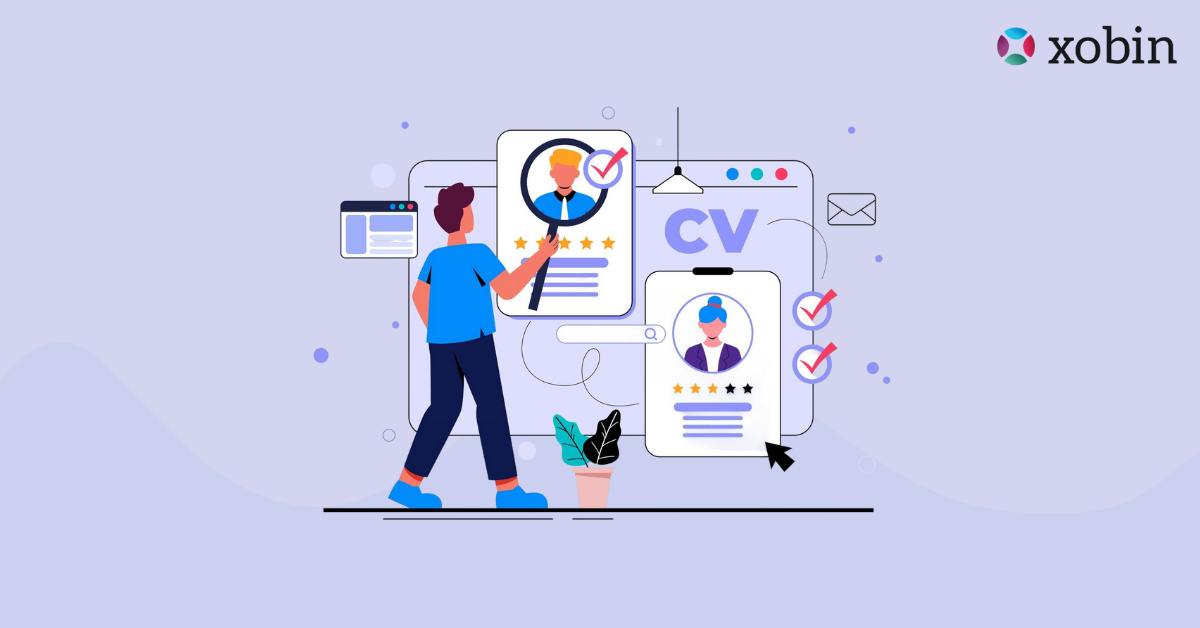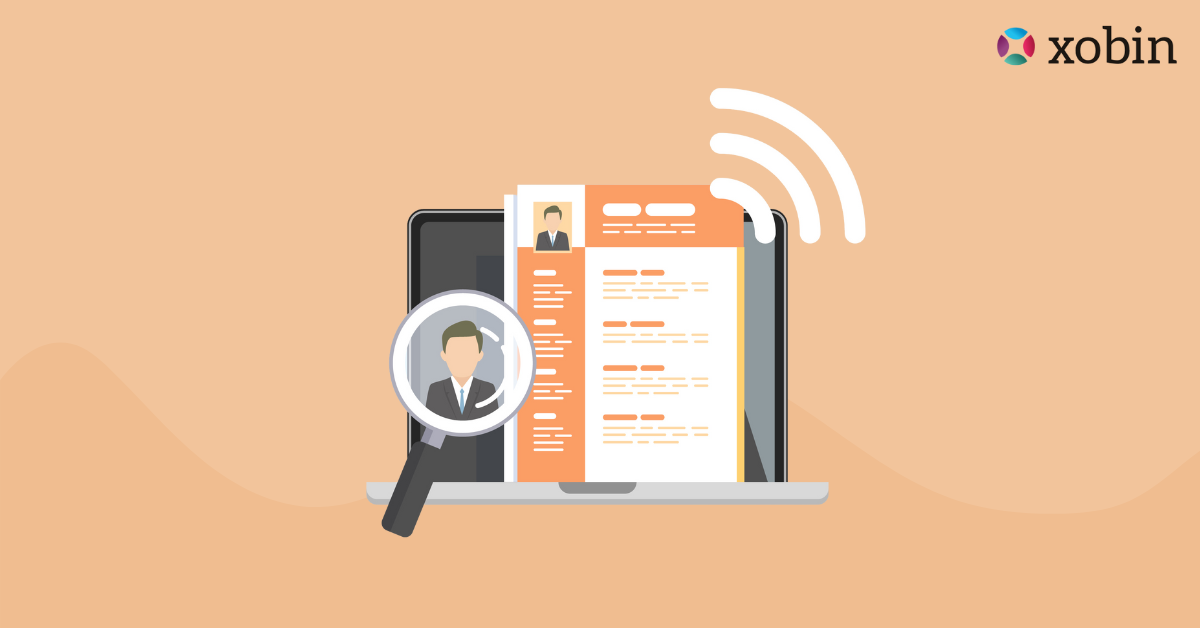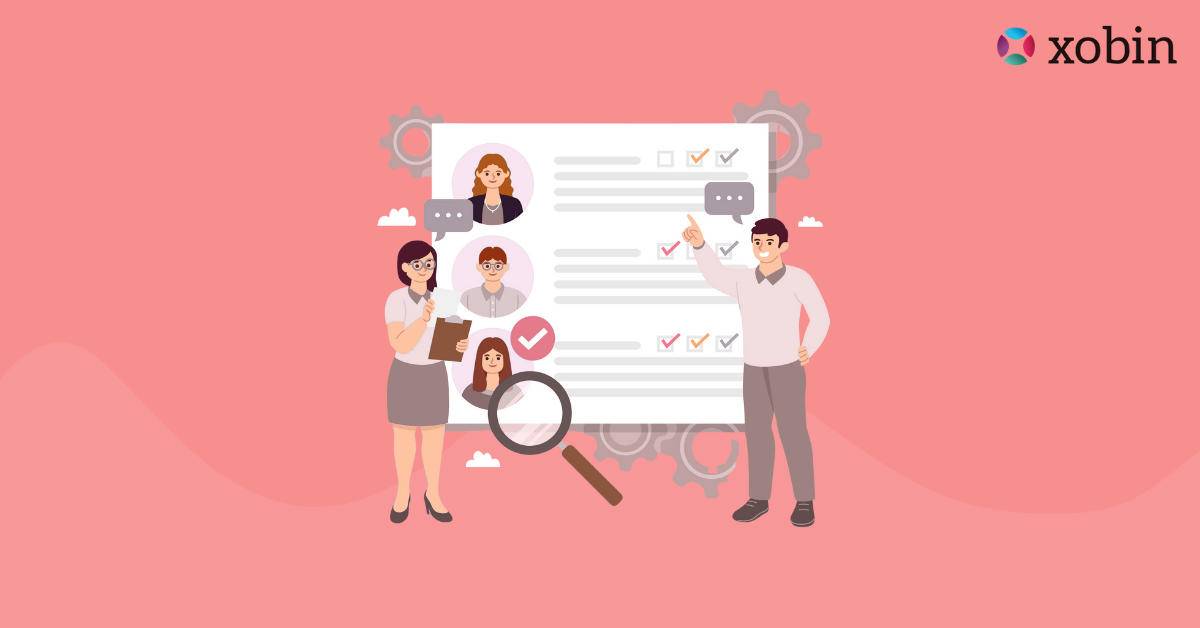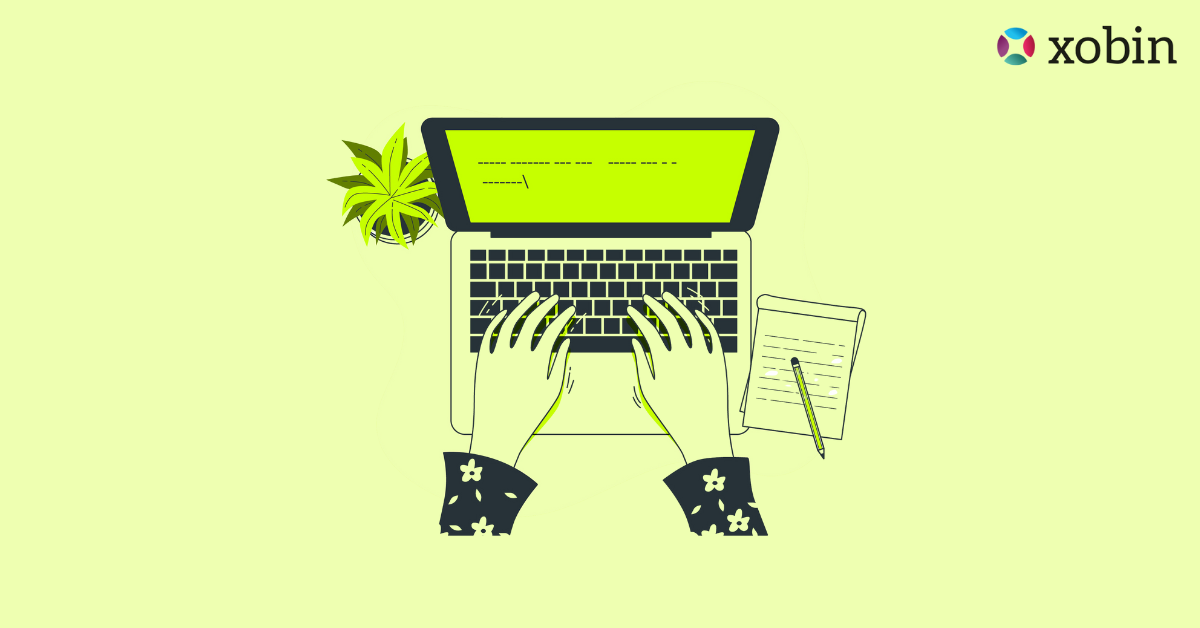A Comprehensive Guide to Shortlisting Candidates Like a Pro
Hiring top-tier talent is more important and more difficult than ever before. In a market saturated with applicants, the ability to effectively identify and hire the right talent directly impacts …
Read MoreA Comprehensive Guide to Shortlisting Candidates Like a Pro







